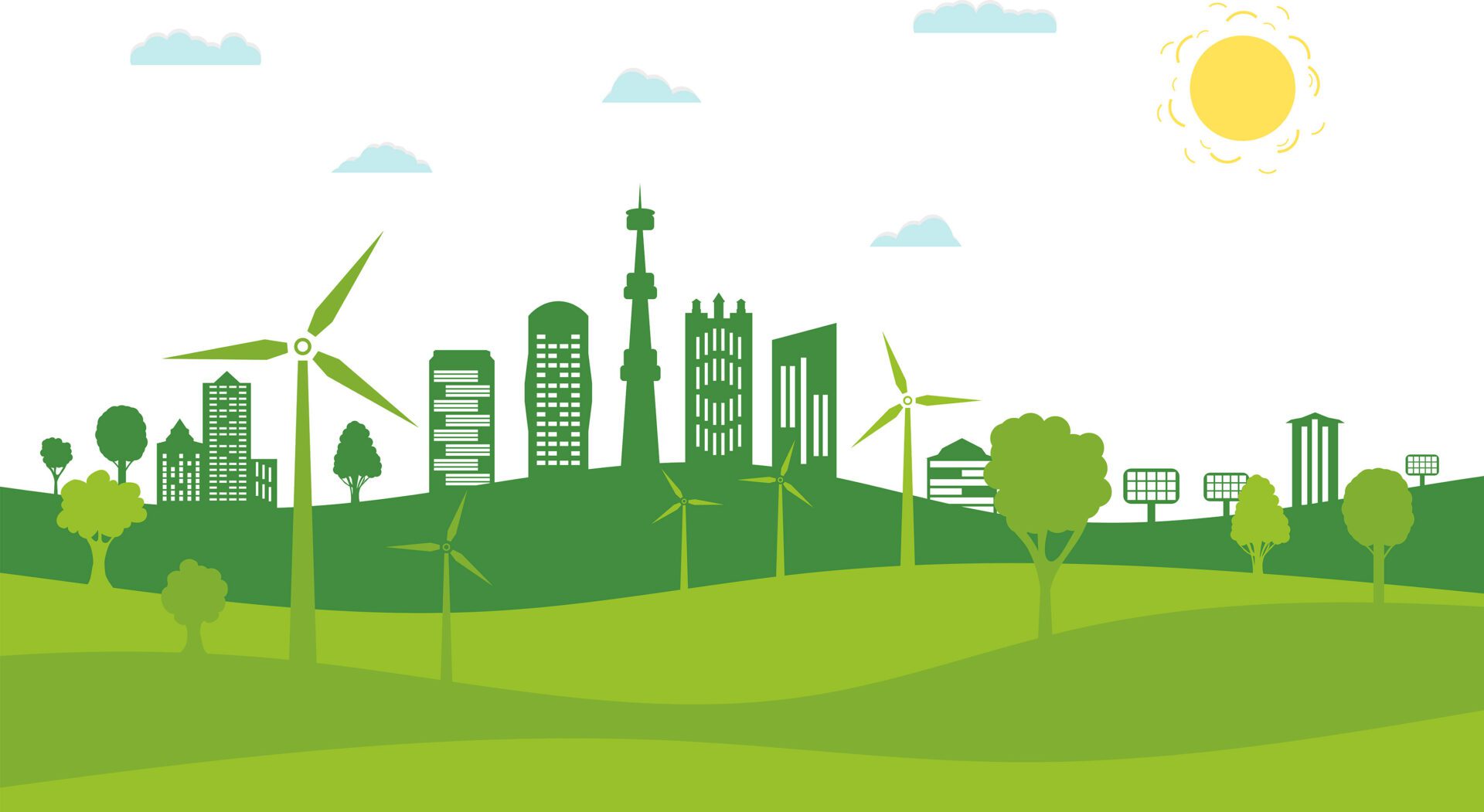An equitable and just energy transition requires meaningful opportunities for all electric utility customers to engage with distributed energy resources (DERs) and contribute to the scaling up of demand flexibility programs that are essential for managing the future power grid and addressing the climate crisis. But to date, DERs in the U. S. have been predominantly adopted by higher-income prosumers, customers with the means and interest to invest in green technologies. What stands in the way of greater DER adoption and participation in demand flexibility programs? What are utilities and other power sector stakeholders doing about it?
Barriers to Low-Income Customer Participation in DER Programs
Low-income customers face numerous barriers to DER program participation. DERs like solar PV, batteries, and electric vehicles have high sticker prices, requiring significant upfront capital or access to low-cost financing–both of which can be out of reach for low-income customers. Moreover, lower levels of homeownership among low-income households mean less incentive to make these types of DER investments, further adding to the challenges of a just energy transition.
Even lower- (but not insignificant) cost DERs such as smart thermostats require reliable internet (WiFi) access to participate in demand flexibility programs, a service many still cannot afford (as of 2021 only 57% of households making $30,000 or less had access to broadband) or simply do not have access to because of geographic constraints (e.g. some rural regions). Lastly, low-income customers may have less familiarity with DERs in general, as these technologies are often marketed towards affluent, English-speaking populations.
At the same time, low-income customers can disproportionately benefit from DERs as they typically face higher energy burdens (i.e. the proportion of one’s income that goes towards covering energy costs). The American Council for an Energy Efficient Economy (ACEEE) estimates that low-income households pay up to three times more of their income towards energy costs than non-low-income households. Moreover, when it comes to solar in particular, low-income households remain a large, untapped source of potential; low (and moderate) income homes (including single-family, multi-family, and renter-occupied buildings) represent 42% of residential rooftop solar potential.
How Are Utilities and Others Addressing This Gap?
At the federal level, the Biden administration took early and unprecedented steps toward addressing a just energy transition, establishing the Justice 40 Initiative whereby 40% of the benefits of federal climate investments are directed to go towards disadvantaged communities. The Department of Energy (DOE) and other federal agencies impacted by this initiative are evaluating how to implement this new regulation programmatically.
For example, in July, the DOE announced a new pilot community solar subscription platform in select states that will help connect recipients of the federal Low-Income Home Energy Assistance Program (LIHEAP) to community solar projects that should lower their long-term energy costs. In short, more federal resources and attention focused on energy equity should translate to more opportunities for low-income customers to take advantage of DERs and DER programs like demand response.
States and utilities are increasingly addressing low-income customer participation in DER programs, particularly solar PV, through two main strategies:
- Expanding access to credit and financing
- Providing direct financial incentives that cover all or part of the DER cost.
As part of the former strategy, we see policies like:
- Onbill financing – A process that allows customers to pay for energy-related investments directly through their electricity bill–bypassing traditional lenders
- Loan loss reserves – A policy that provides public funding to lenders if more credit-risky customers default on loans
- Revised underwriting criteria – A strategy that values alternatives to high credit scores
Examples of the latter strategy include Washington D.C.’s “Solar for All” program which provides no-cost solar installations or incentives for community solar participation to qualifying low-income households as well as Illinois’ similarly ambitious “Solar for All” program. Moreover, many states have adopted equity-related community solar policies which require or incentivize projects to include participation from low-income customers.
Some corporations are also stepping up philanthropically to extend DER access to low-income customers. For example, as part of its 2018 launch the “Power Project,” Nest (owned by Google) pledged to donate 1 million smart Nest thermostats to low-and moderate-income customer homes over 5 years.
What More Needs To Be Done
Even with the promising growth in federal, state, and utility low-income DER programs and generally focus on energy equity, much work remains. Many low-income DER programs are still in limited, pilot phases–the best, replicable models should be identified and scaled quickly. Additionally, DER programs for low-income customers should be tailored to account for this unique population’s needs. For example, conducting robust energy efficiency and weatherization measures before DER deployment is essential as there remains much need and these upgrades make DER investments more efficient (i.e. weatherizing your home reduces energy needs that can be supplied and managed by DERs).
Moreover, low-income customers are more likely to live in old, poorly maintained building stock which can require costly health and safety measures that must be taken before customers effectively use a DER (e.g. roofs must be structurally sound to host PV panels). These costs must be accounted for in program design. Furthermore, there is emerging evidence that low-income households have more inflexible energy use throughout the day than their counterparts, thus requiring additional nuances to effective demand response program design for these populations.
EVs & the Just Energy Transition
When it comes to electric vehicles specifically, low-income customers need not only more affordable options but better access to public charging, especially if they reside in multi-family buildings. For those that don’t want or cannot afford an electric passenger vehicle, expanded electric options for ridesharing and micro-mobility (e.g. electric scooters and bikes) complement mass transit and enhance equitable mobility.
Conclusions: DERs, Equity, and the Just Energy Transition
The landscape of utilities managing demand flexibility programs is diverse, but as a whole, there is still much work to be done to improve equitable delivery and increase access to the “smart”, clean DER devices they rely on. It will take a combination of coordinated federal, state, utility, and private sector resources to bridge the existing gap and ensure that the ongoing just energy transition does not leave the most vulnerable behind.






